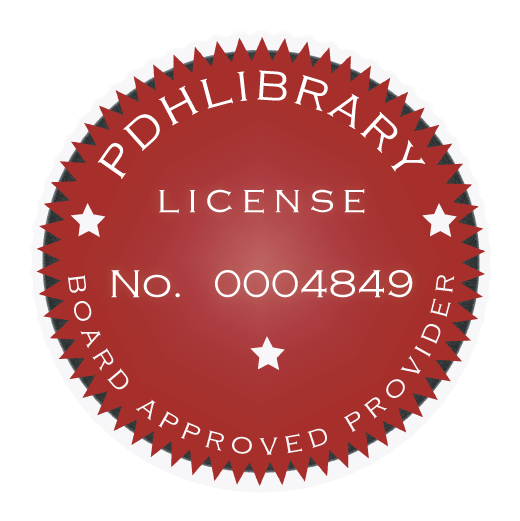Course Highlights
Roadway vertical alignments are a combination of various parabolic curves and connecting tangent grades. Along with the roadway cross section (lanes and shoulders, curbs, medians, roadside slopes and ditches, sidewalks) and horizontal alignment (tangents and curves), the vertical alignment (grades and vertical curves) helps provide a three-dimensional roadway model. Its ultimate goal is to provide a safe, smooth-flowing facility that is crash-free.
In today’s environment, designers must do more than apply design standards and criteria to ‘solve’ a problem. They must understand how various roadway elements contribute to safety and facility operation, including the vertical profile.
This course focuses on the geometric design of vertical alignments for modern roads and highways. Upon course completion, you should be familiar with the general design of these alignments. The course objective is to give engineers and designers an in-depth look at the principles to be considered when designing roadway vertical alignments.
A Policy on Geometric Design of Highways and Streets (also known as the “Green Book”) published by the American Association of State Highway and Transportation Officials (AASHTO) is considered to be the primary guidance for U.S. roadway design. For this course, Chapter 3 (Section 3.4 Vertical Alignment) will be used exclusively to present fundamental roadway geometric design principles.
Learning Objectives
Sight Distance
Stopping
Decision
Passing
Intersection
Vertical Alignment
Grades
Climbing lanes
Passing opportunities
Emergency escape ramps
Vertical Curves
Sag
Crest
Coordination of Horizontal & Vertical Curves

